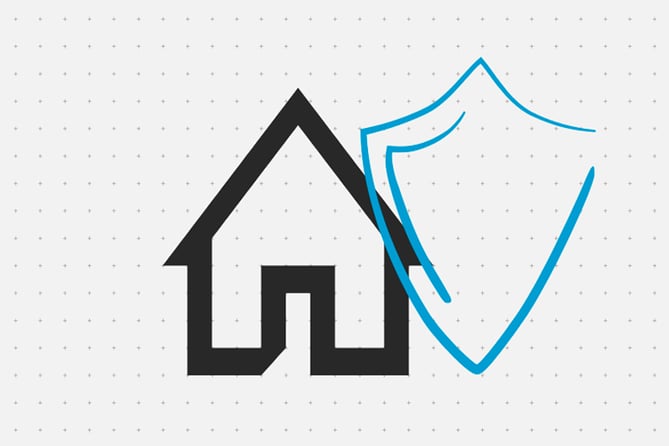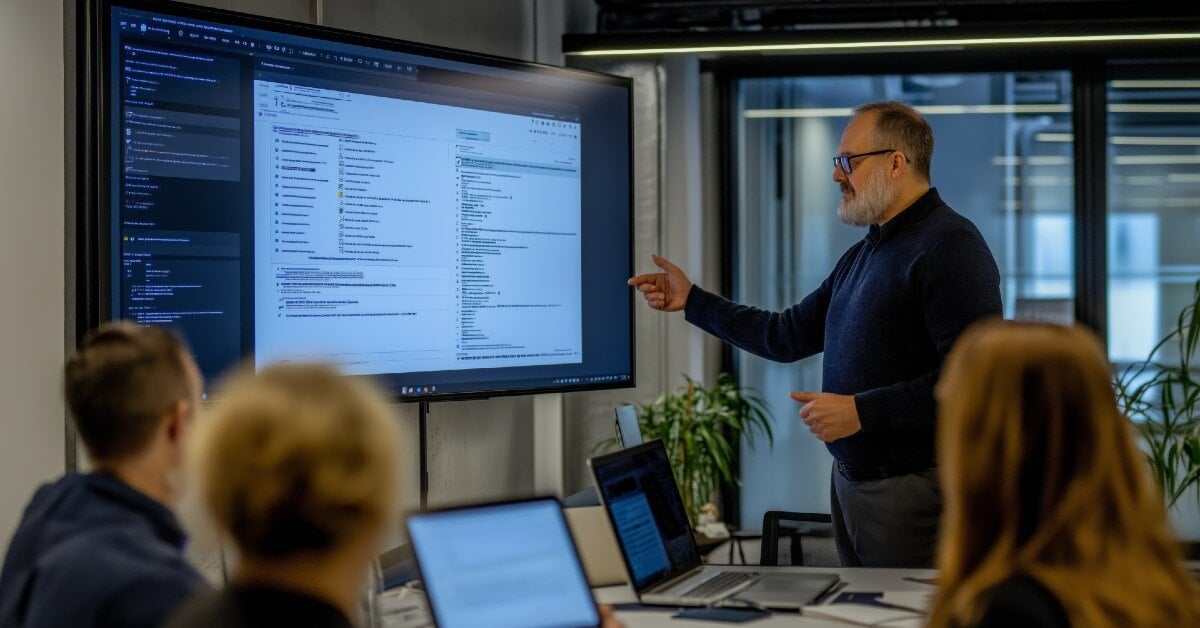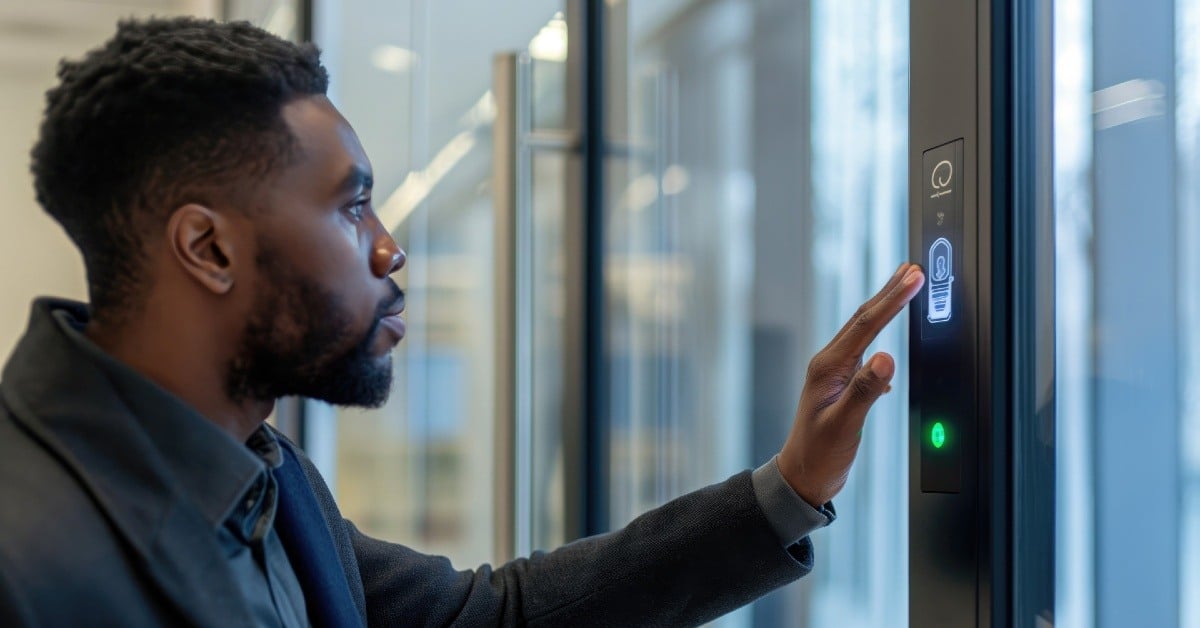
Before the coronavirus pandemic, the way we worked was already changing rapidly, with businesses becoming more agile and mobile. Still, protecting data has been one of the greatest challenges faced by businesses, and the particular security risks of remote work have exacerbated this challenge further.
Many companies, especially start-ups and tech-focused enterprises, have made significant strides in the areas of enterprise mobility and remote work in recent years. However, most industries, especially those considered “traditional” (banking, finance, education, manufacturing) have largely resisted the transition towards mobility and remote working, finding themselves flustered at a time when calm is most needed.
In many cases, employees have simply lifted and shifted their laptops to a home office and the unique security risks of remote work are largely uncontrolled. In fact, the responsibility for ensuring the safety of an organisation’s data is now transferred to each individual employee working from home. This weakens the data security proposition significantly. Hackers know that a single weak link in the security chain can do untold damage.
This post examines the main security risks of remote work faced by organisations in the new era of work. We will also explore the cybersecurity best practices that help mitigate them and set businesses up for information security success.
Securing the foundations
Internet connection points in the home are a key concern when it comes to security. A router security check is advisable if you find it uses a ‘Wired Equivalent Privacy’ (WEP) connection (you’ll see this printed on the bottom of the router itself). In this instance, users should change their Wi-Fi Protected Access (WPA) password and make the Wi-Fi’s name invisible to others, so only those who know of the network can connect to it.
Antivirus
Once your internet connection is secure, ensuring your antivirus protection is up-to-date is one of the first security measures to tick off the list. Norton Security admits that not every type of cyberattack can be prevented with antivirus software, but it can be a great asset for preventing intrusion into a computer. Even small intrusions can exploit what they call “vulnerabilities” and once an intruder finds a vulnerability, it is a signal to others that the computer can be infiltrated - opening the door to worse attacks.
Phishing
Imperva defines phishing as “a type of social engineering attack often used to steal user data, including login credentials and credit card numbers”.
A 2019 Data Breach Investigations Report showed that a huge 32 percent of data breaches involved phishing. Very often, phishing emails are fairly obvious. Welivesecurity describes how they often have a non-personalised greeting (“Dear Customer”), or feature implausible and generally surprising content. To avoid a security breach, they advise users not to click on links in emails unless they’re absolutely sure they are authentic.
Third-party threats
Many of those who telecommute share living spaces with family, friends or housemates. This shouldn’t make us paranoid, but it should reaffirm the importance of good habits: locking your computer when you are away, safely storing important documents and regularly changing passwords.
Internet browsing
When online, it’s essential to use secure websites only. These are represented by https:// and a security “lock” icon in the browser’s address bar. Remote workers should also never use public, unsecured Wi-Fi - always opt for your mobile’s internet connection if in doubt.
Securing the future of remote working
Entrepreneur.com argues that there are two types of companies: those that have discovered breaches and those that don't yet know they've been breached. According to a study by Gemalto, 66 percent of consumers surveyed said they wouldn’t do business with a company that had had sensitive information exposed due to a data breach.
Organisations must create a sustainable approach that meets the need to be more agile and flexible without compromising on security. If predictions are correct, and remote work continues until long after quarantine measures are lifted, mitigating the security risks of remote work will need to become part of an organisation’s DNA - not simply an emergency measure.
Keeping your critical business data safe during this time is a challenge many businesses now face. Every organisation is a potential target for cybercriminals. Business leaders must be alert to the current threats in order to protect their company from attack. Download our guide to learn everything you need to know about business cybersecurity and securing your business data.









